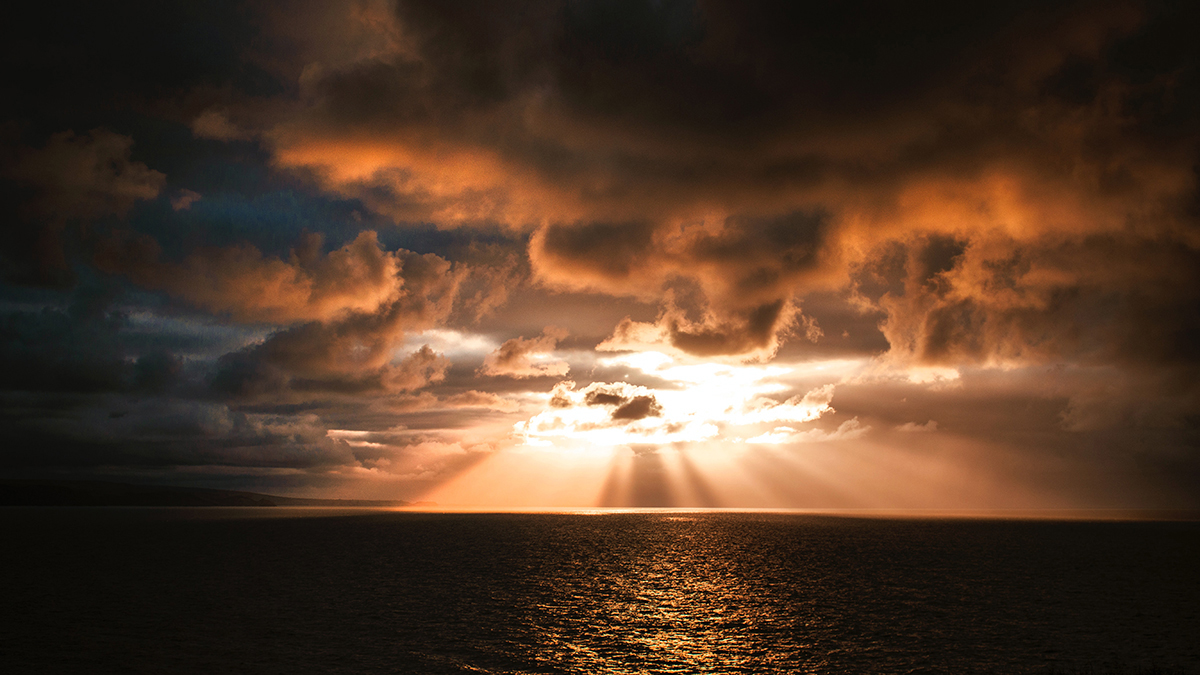John Maunder
The role of weather and weather and weather forecasting in yachting has for many years been an integral part of many National Meteorological Services as well as commercial weather services.
In New Zealand, the Meteorological Service has seconded one of the service’s weather forecasters for many international yachting events including the Commonwealth Games (1966) in Kingston, Canada, the Olympic games (1968) in Acapulco, and the America’s Cup.
In the case of the America’s Cup, the Met Service seconded meteorologist Jim Waygood to New Zealand Challenge in Perth, 1985, and he was followed by Bob McDavitt in 1986-1987 and San Diego in 1992. My colleague Bob McDavitt has, and still has, a lifetime interest in yachting, and I am indebted to Bob for providing the following inside information on “how it is done”.
“The meteorological and technological input for the syndicates in the America’s Cup has advanced tremendously since my days in Perth and even since my days as “Weather Ambassador” when the cup was held in Auckland in 2000 and 2003. Every cup buoy in the course of the race now has its own anemometer. NIWA has put together for Emirates Team NZ a package of models that analyse past conditions (hindcasting- for boat design), predicting future weather (forecasting), and modelling tidal currents. The resolution and scale of any model is always a constraint, and is the main limitation in resolving the wriggles of a breeze over and around Islands. The key factor is to have a close network of real-time data. “
The Cup Race Committee uses NIWA’s forecasting model output plus the MetService Hauraki Gulf Coastal forecast to decide at start of the day if the breeze is going to be within the racing limits, and which race course to use. The syndicates all use their own models to help pick the sails used for each race, and develop a general idea of how the breeze/waves/tide/temperature/cloud may change during the day. Even so, race rules state that there cannot be any “outside assistance” to the yacht during the race. So the talk you hear from the “afterguard” during the televising of the race about which side of the course is “favoured” is based on their own observations. Oracle used in San Francisco and Bermuda an artificial intelligence model to read the wind data being measured by the yacht to try and work out what “side is favoured” but with limited success.
A very popular app is predictwind.com. It has been developed by Jon Bilger ( NZ Olympic sailor 1992, navigator for TAG Heuer in 1995 America’s Cup, and Weather Team manager for Alinghi, winner of America’s Cup in 2003/2007) and gives access to 11 weather models plus a display of wind observations.
Team NZ are using expedition marine.com, a program designed by Nic White (who used to work for MetService at Whenuapai). Nic is the right mix of meteorologist, computer programmer, and sailor ( he did a few Volvo races). This software is at a level above predictwind.com and has in the past few years been experimenting with Weather Research and Forecasting (WRF) models on a scale down to 0.009 degrees lat/long . One of current Emirates NZ’s weather team, Roger Badham (“Clouds”) tells me that this model for Auckland has been behaving better than NIWA’s model but it still suffers (like all models) from the lack of real data. “Clouds” also issues meteorological information for a Formula One motor racing syndicate.
These “rich” sports are able to access the resources needed for serious meteorology. It’s an interesting area of meteorological research, in that it doesn’t advance through “peer pressure and academic review”, the method used by Research Institutes and Universities that mainly rely on Government funding. The spectrum of Sport Meteorology ranges from weather people from various countries combining their resources in the Olympics for the benefit of the athletes, through to the closely guarded secrets of weather observers during an America’s Cup campaign (data that seldom gets to the light of academia) , through to the deliberate rain-making done by the Chinese Government during the Beijing Olympics 2008.
For further information on a wide range of weather/climate matters read my latest book Fifteen shades of climate
BUY Your Own Copy of Dr John Maunders book Fifteen Shades of Climate Today.
Please share so others can discover The BFD.


